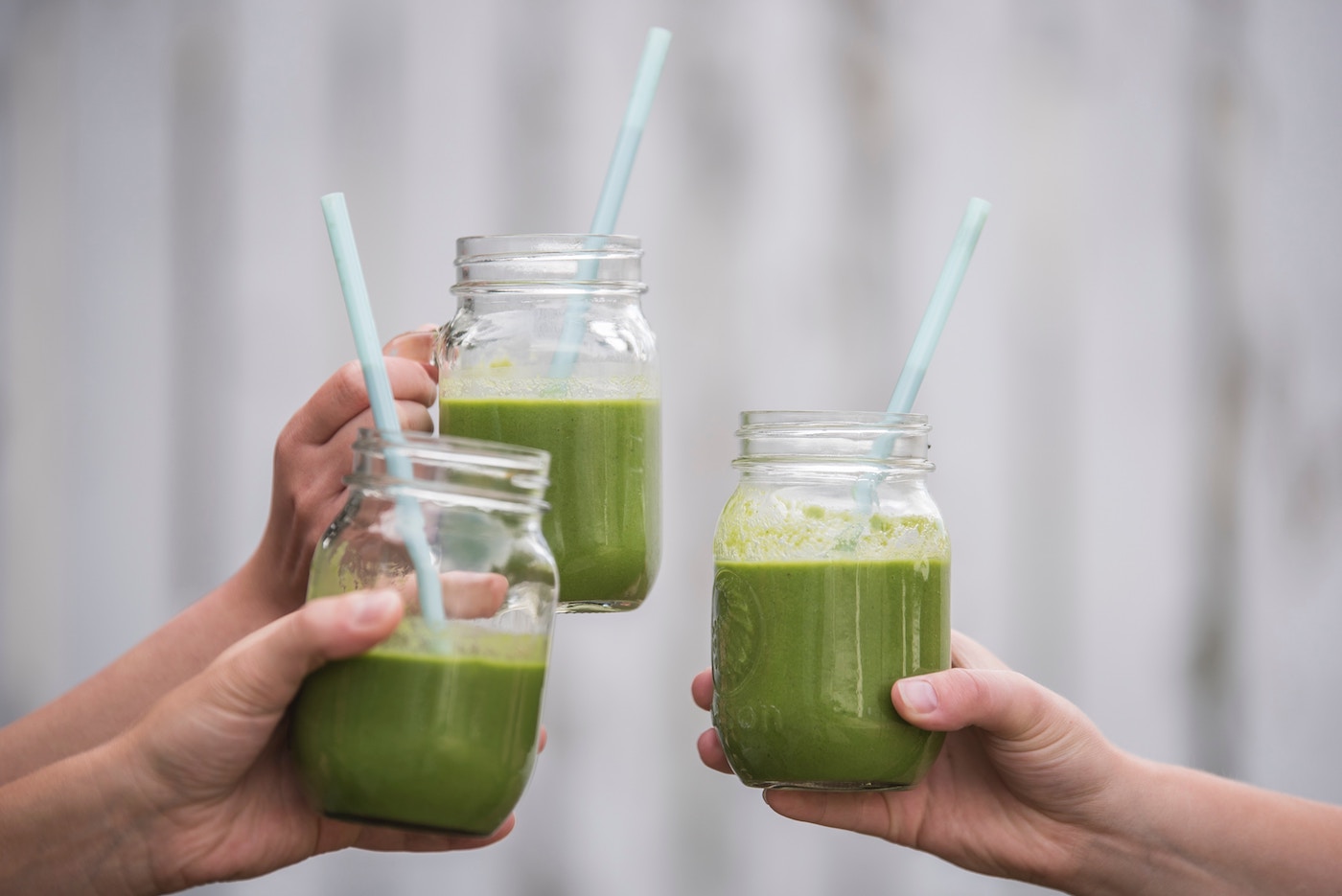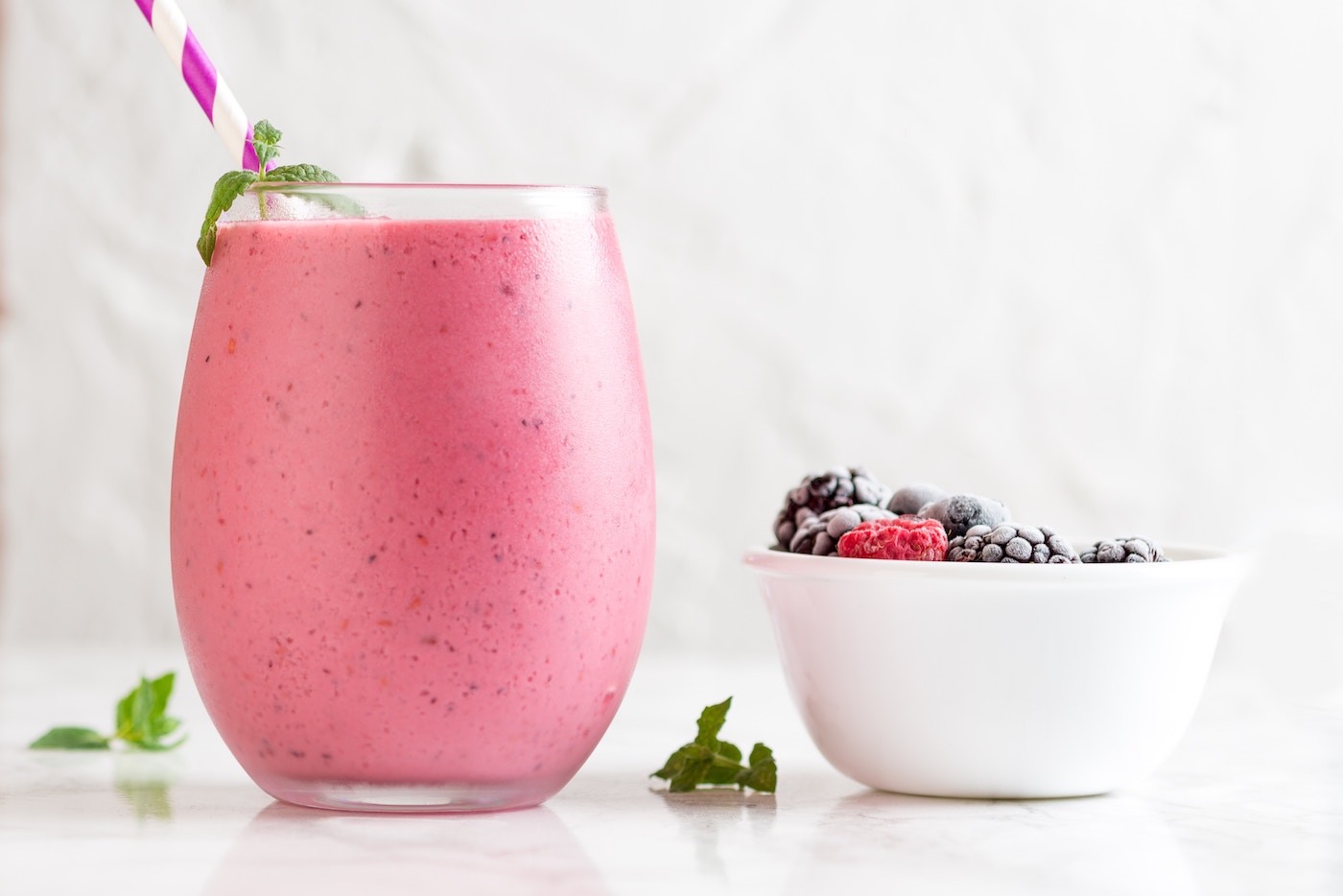

In our fast-paced world, maintaining a balanced diet can be challenging. Enter meal replacement shakes, a convenient solution packed with essential nutrients. These shakes offer a myriad of benefits, including weight management, increased nutrient intake, and convenience on-the-go. By replacing one or two meals a day with these shakes, individuals can control calorie intake while ensuring proper nutrition. Moreover, they're often fortified with vitamins, minerals, and protein, promoting muscle repair and overall well-being. Research suggests meal replacement shakes can aid in weight loss and improve metabolic health. However, it's crucial to choose shakes with high-quality ingredients and consult with a healthcare professional before incorporating them into your diet. Elevate your health with meal replacement shakes—a simple yet effective way to nourish your body amidst life's demands.
Breaking free from addiction is a journey towards reclaiming one's health and life. Addiction ensnares individuals, but it's not insurmountable. With determination and support, recovery is possible. Rebuilding health starts with seeking help, whether through therapy, support groups, or medical intervention. It's about addressing the underlying causes and finding healthier coping mechanisms. Establishing a strong support network is crucial for long-term success. This journey is not without challenges, but each step forward is a victory. Embracing a holistic approach to wellness, encompassing physical, mental, and emotional aspects, is key. Patience and self-compassion are essential, as setbacks may occur. By breaking the cycle of addiction, individuals can pave the way for a brighter, healthier future.
Transforming your diet doesn't have to be overwhelming; small, incremental changes can lead to significant improvements in your health over time. Start by focusing on one meal at a time. Swap processed snacks for fresh fruits or veggies, and opt for whole grains instead of refined carbs. Gradually increase your intake of lean proteins like fish, beans, or tofu, while reducing red meat consumption. Experiment with different cooking methods to minimize added fats and sugars. Incorporating more plant-based meals can also boost nutrient intake and support weight management. Remember, it's about progress, not perfection. Celebrate each healthy choice you make, and don't be discouraged by occasional slip-ups. By consistently making mindful food choices, you'll gradually transform your diet and enjoy the long-term benefits of improved health and vitality.
In today's fast-paced world, incorporating power naps into your routine can reap significant benefits for both productivity and health. Studies show that a short nap of around 10 to 30 minutes can improve alertness, cognitive function, and mood, making you more efficient and focused throughout the day. Moreover, power naps have been linked to reduced risk of heart disease, improved immune function, and better stress management. By allowing your body and mind to recharge, power naps offer a natural and effective way to boost energy levels without resorting to stimulants like caffeine. Incorporating a brief nap into your daily schedule can lead to enhanced overall well-being, increased productivity, and a healthier lifestyle. Embrace the power of napping to unlock its full potential for a happier, more fulfilling life.